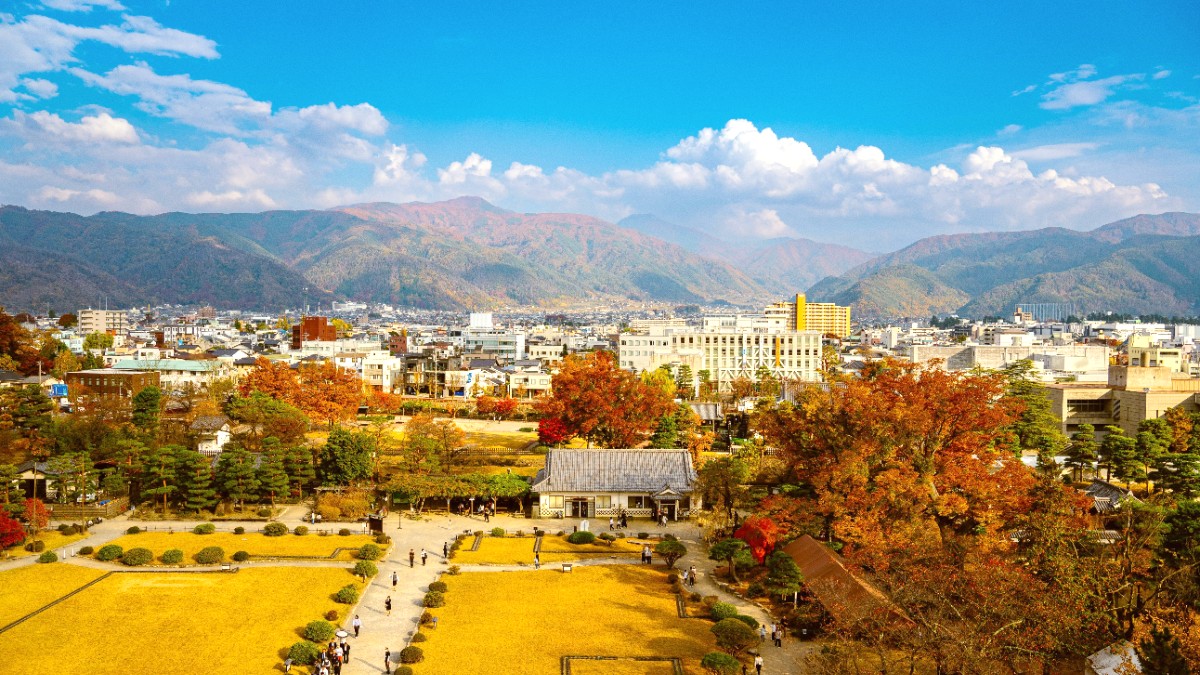
South Of Tokyo, Japan
Narita International Airport (NRT): Mainly handles international flights. Located further east of Tokyo. Tokyo Haneda Airport (HND): handles a mix of international and domestic flights. It is closer to central Tokyo and, by extension, Kamakura. Haneda is often more convenient for travelers heading to destinations south of Tokyo. Both airports are served by major international airlines from around the globe.
Both Narita and Haneda airports offer extensive facilities for travelers. Flight availability to Japan is generally good year-round. Prices tend to be higher during peak seasons: cherry blossom season, autumn foliage season, Golden Week, and New Year holiday period. Booking flights well in advance for these times is a good idea.
Check Dollar Flight Club for deals or Skyscanner for broad options.
Explore car rental deals via DiscoverCars.com for regional trips.
JR Pass exchange offices are at both airports for pass voucher redemption.
This express train goes to Ueno or Nippori Station in Tokyo. From there, you will need to transfer to JR lines towards Kamakura, which usually involves multiple transfers.
Take the Tokyo Monorail to Hamamatsucho Station. Then, transfer to the JR Yamanote Line to Shinagawa, and finally to the JR Yokosuka Line to Kamakura. This route involves more transfers but is another option.
For domestic connections within Japan, major Japanese airlines like JAL and ANA operate extensive networks. Budget airlines like Peach and Jetstar Japan also provide services.
Kamakura is very well connected by train. The JR Yokosuka Line provides direct service from major Tokyo stations, including Tokyo Station, Shinagawa, Shimbashi, and Shibuya. Travel time from Tokyo Station is approximately 1 hour, costing around ¥950. This is the most common way to reach Kamakura from the capital.
While highway buses serve many Japanese cities, trains are generally the most efficient and preferred method for reaching Kamakura from Tokyo and surrounding areas. Direct long-distance bus routes to Kamakura are uncommon due to excellent train connectivity. You can drive to Kamakura, but it is not ideal for sightseeing.
Kamakura itself does not have significant ferry services or a major international cruise port. Yokohama Port, a major international cruise port, is nearby. Yokohama is easily accessible by train from Kamakura. If you arrive by cruise to Yokohama, you can reach Kamakura by a short train ride.
Prepare for your departure from Japan to ensure a smooth exit. Japan has an International Tourist Tax, often called the "Sayonara Tax." This tax is ¥1,000 per person. It is typically included in airline ticket prices, so you will usually not pay it separately at the airport. This tax applies to all individuals departing Japan by air or sea.
Kamakura's public transit system is user-friendly and reliable. It relies on a combination of trains and local buses.
Japan's public transportation is known for its efficiency, including ticketing. IC Cards (Suica and Pasmo) are rechargeable smart cards. They are accepted on all JR trains, the Enoden line, and local buses in Kamakura. Purchase and top up IC cards at station vending machines or ticket counters. Using an IC card saves time and hassle.
Kamakura Station is the main transportation hub. Kita-Kamakura Station is important for northern temples. Hase Station serves the Great Buddha and Hasedera Temple.
Trains operate from approximately 5:00 AM to midnight. Frequency is high, with JR trains running every few minutes and Enoden every 10-15 minutes.
Major JR stations feature elevators, escalators, and accessible restrooms. Older Enoden stations are undergoing improvements. Many train cars have dedicated wheelchair spaces.
Licensed taxis in Japan are identifiable by their roof lamp and illuminated sign. A red sign indicates availability. Hail taxis on the street, especially on main roads, or find them at designated taxi stands outside Kamakura Station. The passenger door opens and closes automatically; do not attempt to operate it yourself.
Uber is available in some areas of Japan, but it is less common in Kamakura compared to traditional taxis. DiDi is another ride-sharing option gaining popularity. However, taxis remain the more prevalent choice for on-demand rides in Kamakura. Taxis in Japan are highly regulated, safe, and reliable. Drivers are professional, courteous, and follow strict safety standards. You can feel secure using taxis for your travels. Ride-sharing services also operate under safety guidelines.
Not ideal for Kamakura itself due to limited and expensive parking. An International Driving Permit (IDP) and home country license are necessary. Japan drives on the left.
Less common for tourists. Requires appropriate IDP endorsement for motorcycles. Public transportation and bicycles are generally more practical for local travel.
Available near Kamakura Station. A popular and efficient way to explore coastal areas and side streets. Electric-assist bikes are available. Rates range from ¥1,000-¥2,000 per day.
For efficient navigation, utilize apps like Google Maps or Japan Transit Planner. Getting an IC card upon arrival streamlines all public transport payments. Consider traveling during off-peak hours for a more comfortable experience on trains and buses.